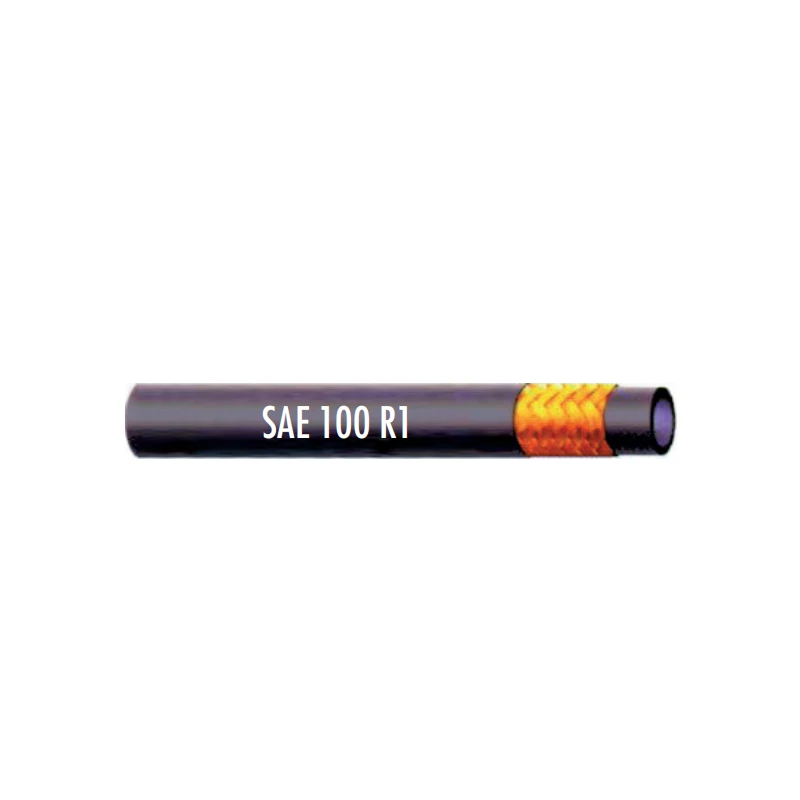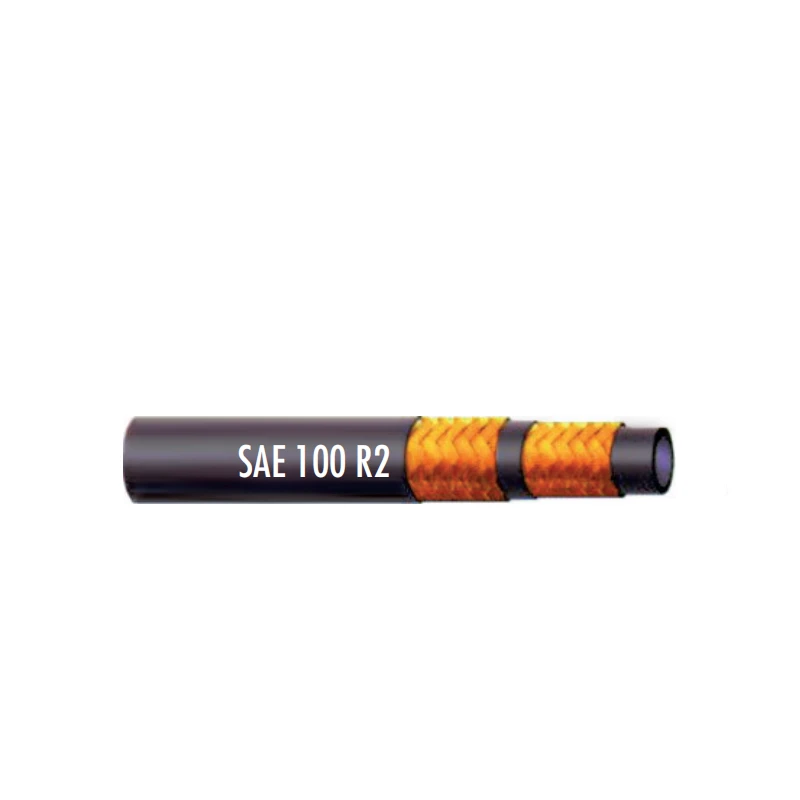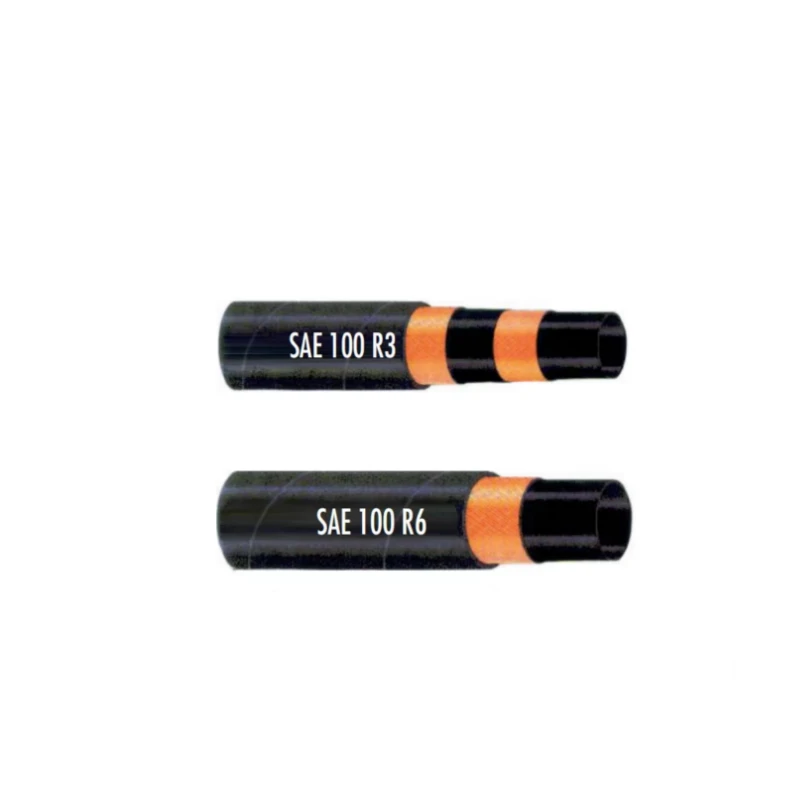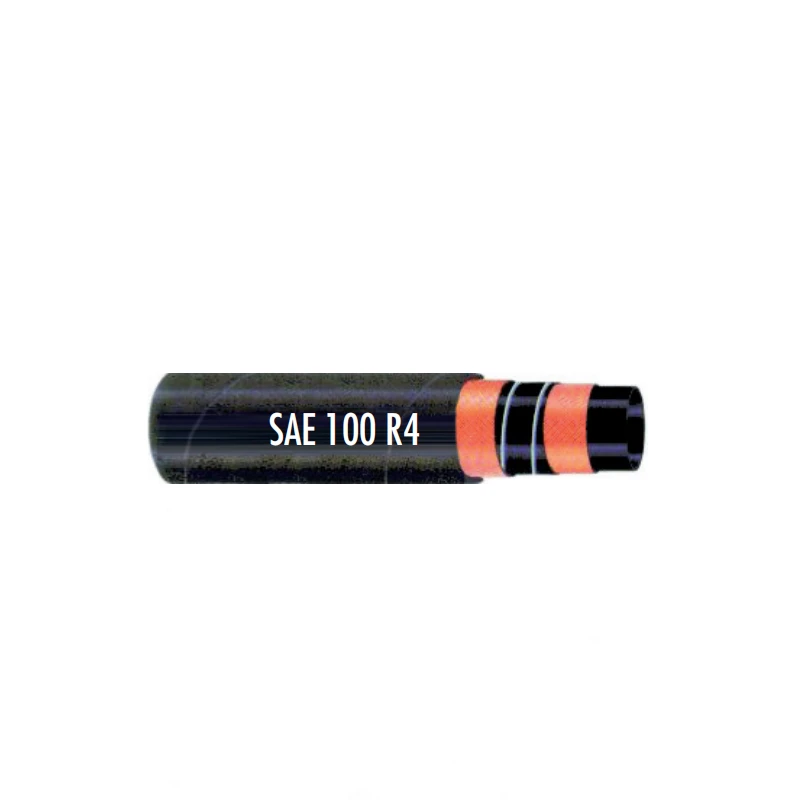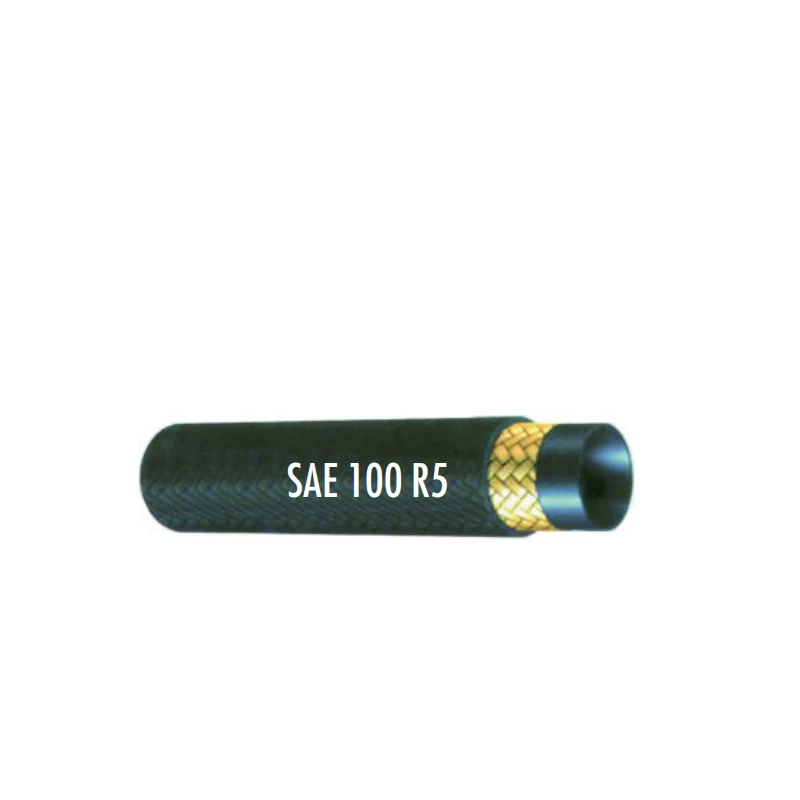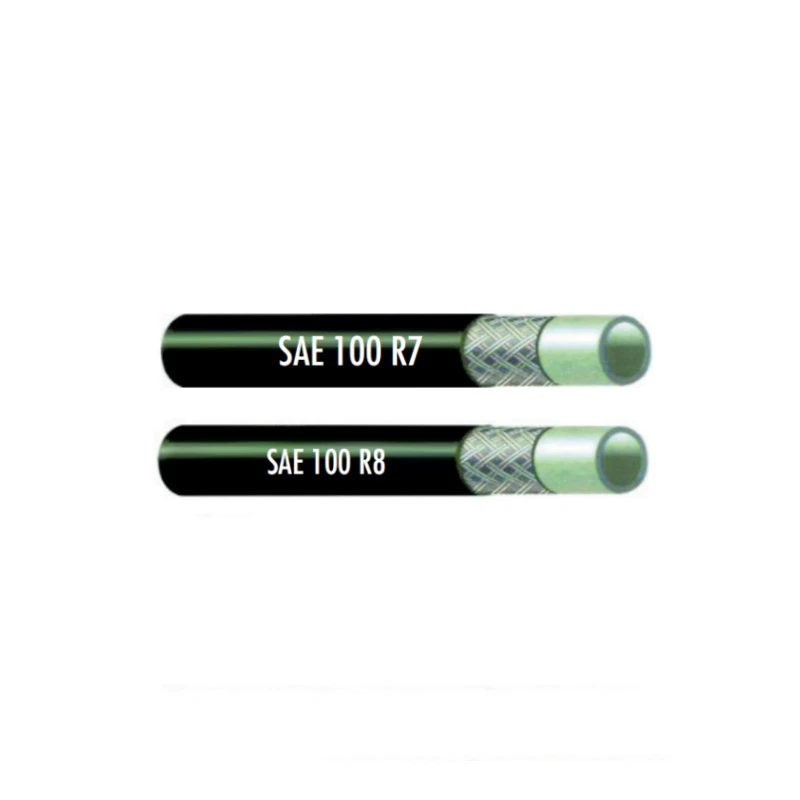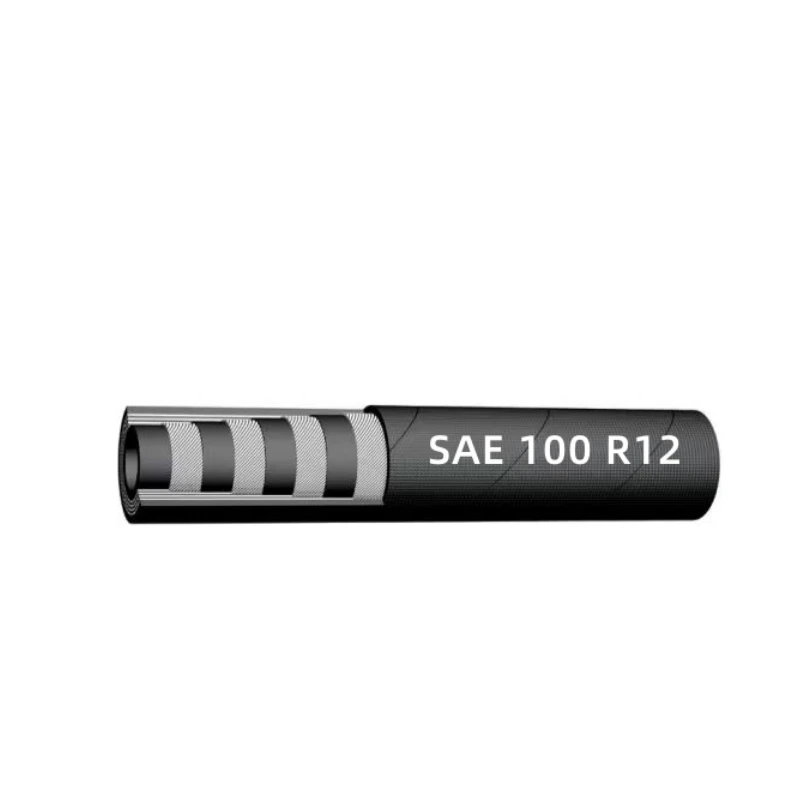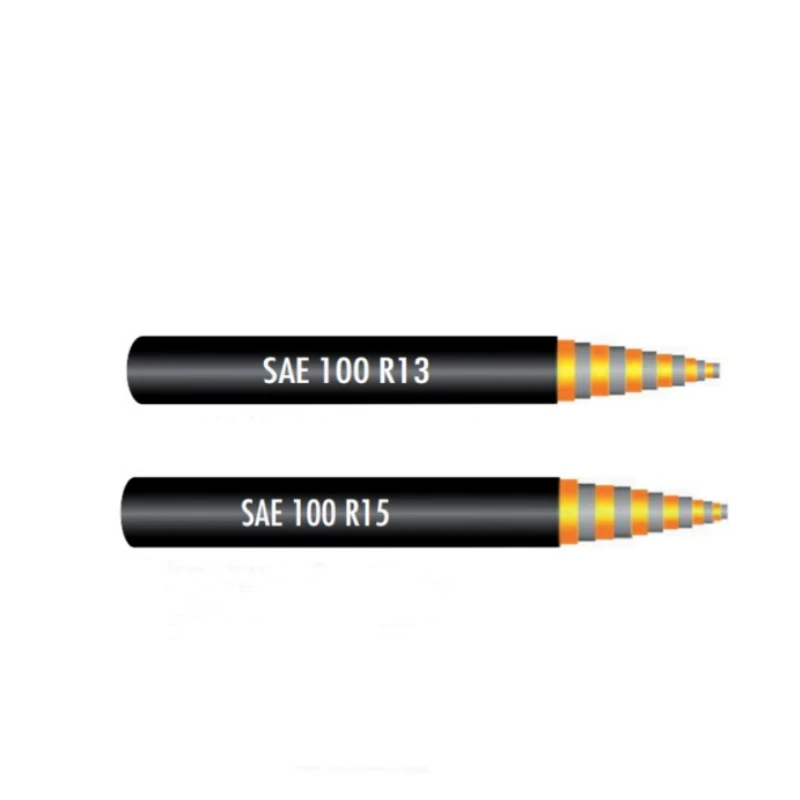
- Afrikaans
- Albanian
- Amharic
- Arabic
- Armenian
- Azerbaijani
- Basque
- Belarusian
- Bengali
- Bosnian
- Bulgarian
- Catalan
- Cebuano
- Corsican
- Croatian
- Czech
- Danish
- Dutch
- English
- Esperanto
- Estonian
- Finnish
- French
- Frisian
- Galician
- Georgian
- German
- Greek
- Gujarati
- haitian_creole
- hausa
- hawaiian
- Hebrew
- Hindi
- Miao
- Hungarian
- Icelandic
- igbo
- Indonesian
- irish
- Italian
- Japanese
- Javanese
- Kannada
- kazakh
- Khmer
- Rwandese
- Korean
- Kurdish
- Kyrgyz
- Lao
- Latin
- Latvian
- Lithuanian
- Luxembourgish
- Macedonian
- Malgashi
- Malay
- Malayalam
- Maltese
- Maori
- Marathi
- Mongolian
- Myanmar
- Nepali
- Norwegian
- Norwegian
- Occitan
- Pashto
- Persian
- Polish
- Portuguese
- Punjabi
- Romanian
- Russian
- Samoan
- scottish-gaelic
- Serbian
- Sesotho
- Shona
- Sindhi
- Sinhala
- Slovak
- Slovenian
- Somali
- Spanish
- Sundanese
- Swahili
- Swedish
- Tagalog
- Tajik
- Tamil
- Tatar
- Telugu
- Thai
- Turkish
- Turkmen
- Ukrainian
- Urdu
- Uighur
- Uzbek
- Vietnamese
- Welsh
- Bantu
- Yiddish
- Yoruba
- Zulu

ਦਸੰ. . 05, 2024 21:30 Back to list
Choosing the Right Inert Gas Hose for Your Applications and Safety Needs
Understanding Inert Gas Hoses A Comprehensive Overview
Inert gas hoses are essential components in various industrial applications, primarily designed to transport inert gases safely and efficiently. Inert gases, such as nitrogen, argon, and helium, do not readily undergo chemical reactions with other substances, making them highly valuable in processes that require a controlled atmosphere. This article aims to shed light on the significance, types, applications, and safety considerations associated with inert gas hoses.
What Are Inert Gases?
Inert gases are non-reactive and stable under ambient conditions. Because of their lack of chemical reactivity, they provide a protective environment for sensitive processes, such as welding, chemical manufacturing, and food packaging. The most commonly used inert gases are
1. Nitrogen (N2) Widely utilized for purging, blanketing, and preserving the quality of food products. 2. Argon (Ar) Commonly used in arc welding to shield the weld area from atmospheric gases, preventing oxidation. 3. Helium (He) Employed in various applications, including cryogenics and as a lifting gas in balloons.
Types of Inert Gas Hoses
Inert gas hoses are specifically engineered to handle the unique properties of inert gases. They come in various configurations, each tailored to different applications and environments
1. Rubber Hoses Flexibility and durability make rubber hoses ideal for general-purpose use. They can withstand extreme temperatures and pressures, making them suitable for diverse inert gas applications.
2. PVC Hoses Polyvinyl chloride (PVC) hoses are lightweight and resistant to abrasion and chemicals. They are commonly used in low-pressure applications and are often favored for their cost-effectiveness.
3. Metal Hoses Made from stainless steel or other alloys, metal hoses are designed for high-pressure applications. They offer excellent durability, resistance to temperature fluctuations, and can handle aggressive environments without deteriorating.
4. Composite Hoses These are made from a combination of materials, providing a lightweight and flexible solution. Composite hoses are often used in industries where weight is a concern but pressure and temperature resistance are essential.
Applications of Inert Gas Hoses
inert gas hose
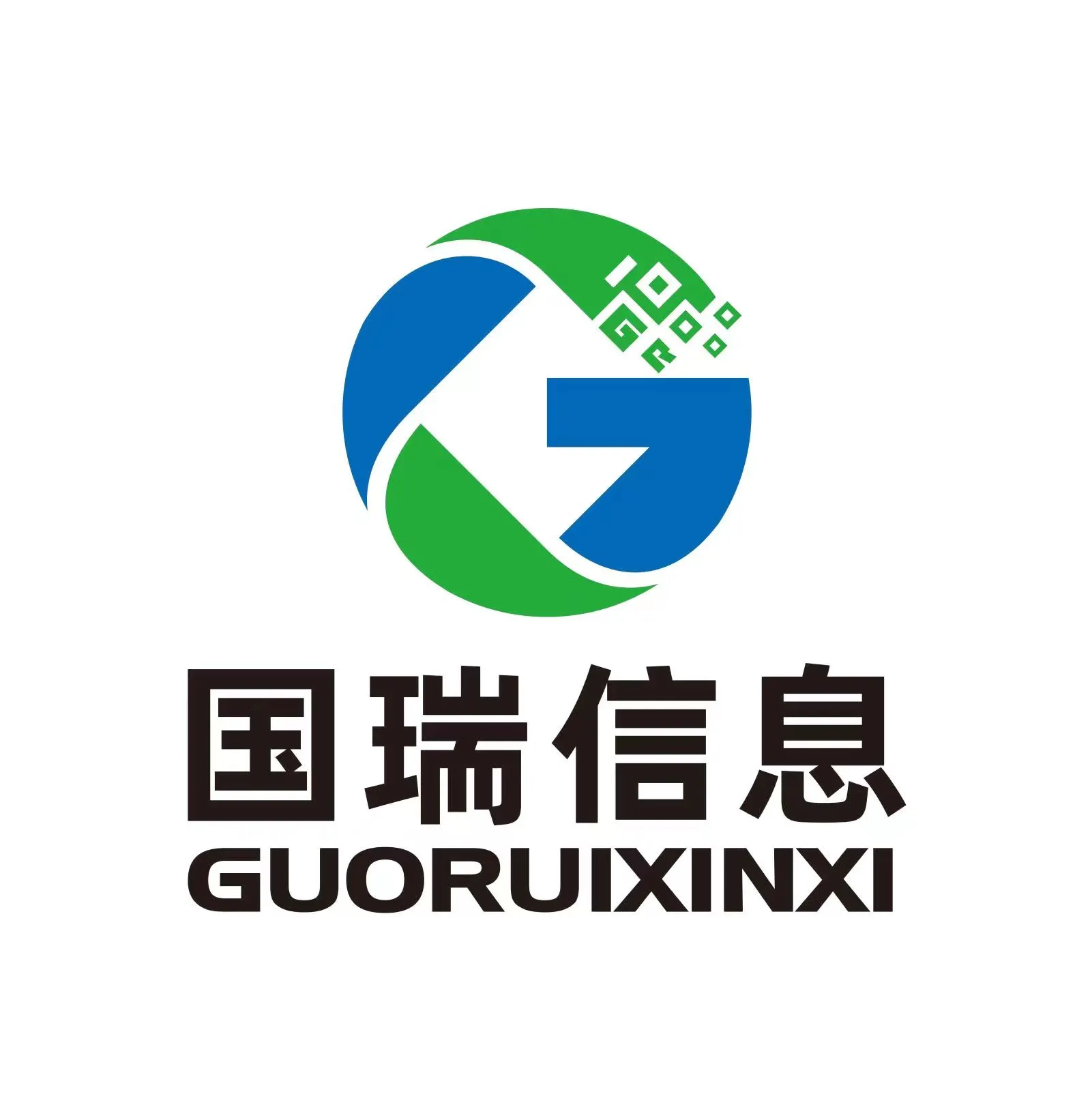
Inert gas hoses play a pivotal role in several industries, including
- Welding Inert gases like argon are essential for shielding the weld area, preventing contamination and ensuring high-quality welds. - Food and Beverage Nitrogen is extensively used for preserving food and beverage products by displacing oxygen, thus preventing spoilage.
- Pharmaceuticals Inert gases are leveraged to create controlled environments for the production and storage of sensitive drugs.
- Electronics Inert gas environments are crucial in the manufacturing of delicate electronic components to avoid oxidation and other damage during production.
Safety Considerations
While inert gases are non-toxic and non-flammable, safety remains paramount when handling inert gas hoses. Here are some key safety considerations
1. Proper Storage Inert gas cylinders should be stored upright and secured to prevent tipping. Ensure they are kept in a well-ventilated area away from direct sunlight and heat sources.
2. Regular Inspections Hoses should be inspected regularly for signs of wear and tear, such as cracks or leaks. Promptly replacing any damaged hoses is essential to prevent accidents.
3. Training Personnel handling inert gases should be adequately trained in their use and understand the potential hazards associated with compressed gas systems.
4. Pressure Regulation Always use appropriate pressure regulators to control the flow of inert gases, ensuring that the pressure remains within safe operating limits.
Conclusion
Inert gas hoses are critical infrastructure elements that support a multitude of industries. Their specific design and construction allow for the safe transport of inert gases, facilitating processes that require controlled environments. By understanding the types, applications, and safety considerations associated with these hoses, industries can leverage their capabilities to enhance productivity and ensure safety in operations. Embracing best practices in handling and maintenance will enable organizations to maximize the benefits of inert gas technology while minimizing risks.
Latest News
Steel Wire Reinforced Hydraulic Hose SAE 100 R1 / EN853 1SN S
NewsOct.17,2024
Two Layers Steel Wire Reinforced Hydraulic Hose SAE 100 R2 / EN853 2SN
NewsSep.03,2024
Textile Braid Reinforced Hydraulic Hose SAE100 R3+R6
NewsSep.03,2024
Textile Reinforced Hydraulic oil Suction Hose with embedded Steel Wire SAE 100 R4
NewsSep.03,2024
Single Wire Braid and Textile Covered Hydraulic Hose SAE 100 R5
NewsSep.03,2024
High Pressure Thermoplastic Hydraulic Hose SAE 100 R7 / EN855 R7 - SAE 100 R8 / EN855 R8
NewsSep.03,2024
Heavy Duty Four-layer Steel Wire Spiral Reinforced Hydraulic Hose SAE100R9+R10+R12
NewsSep.03,2024
Heavy Duty Multi-layer Steel Wire Reinforced Hydraulic Hose SAE100R13 SAE100R15
NewsSep.03,2024
Latest Products
